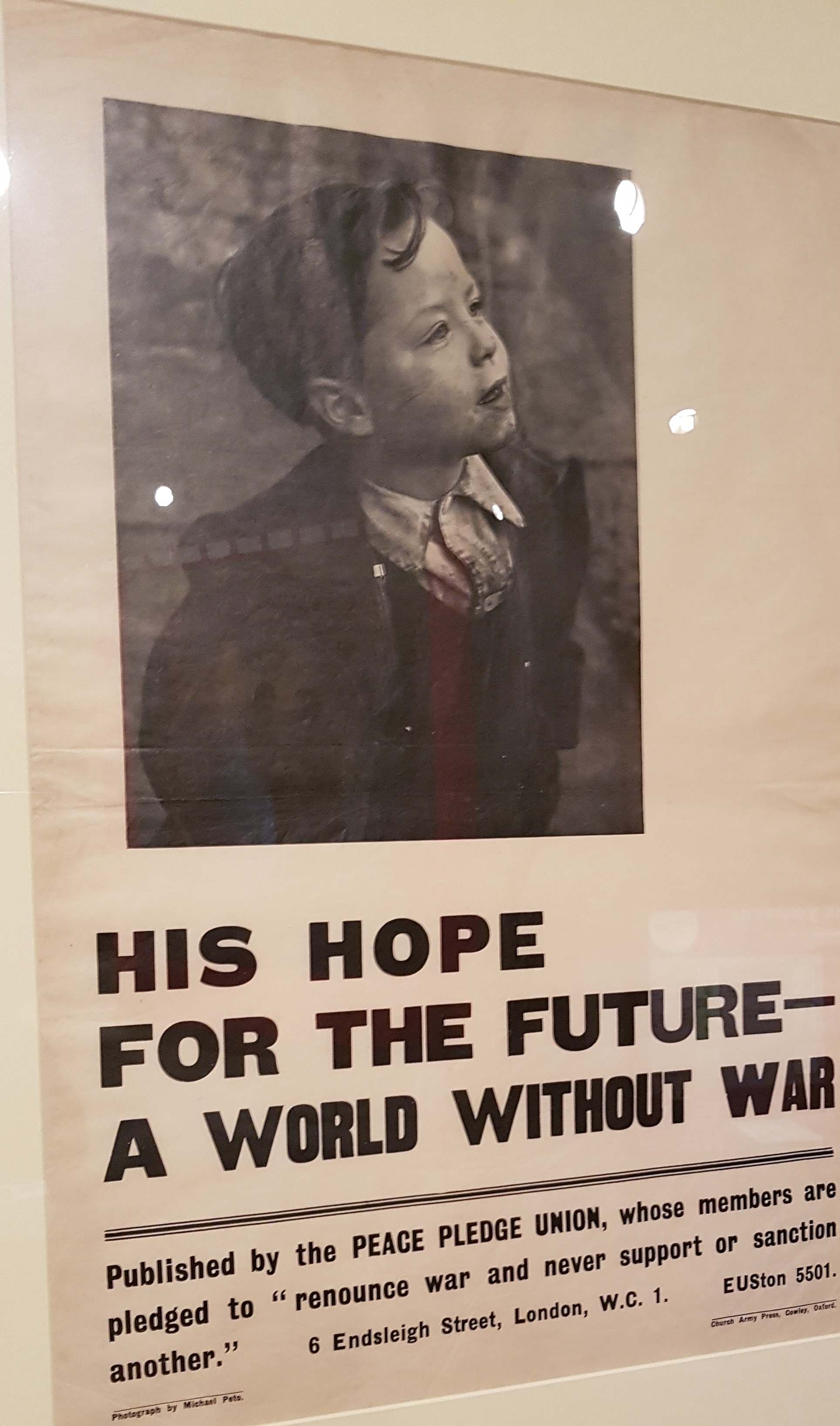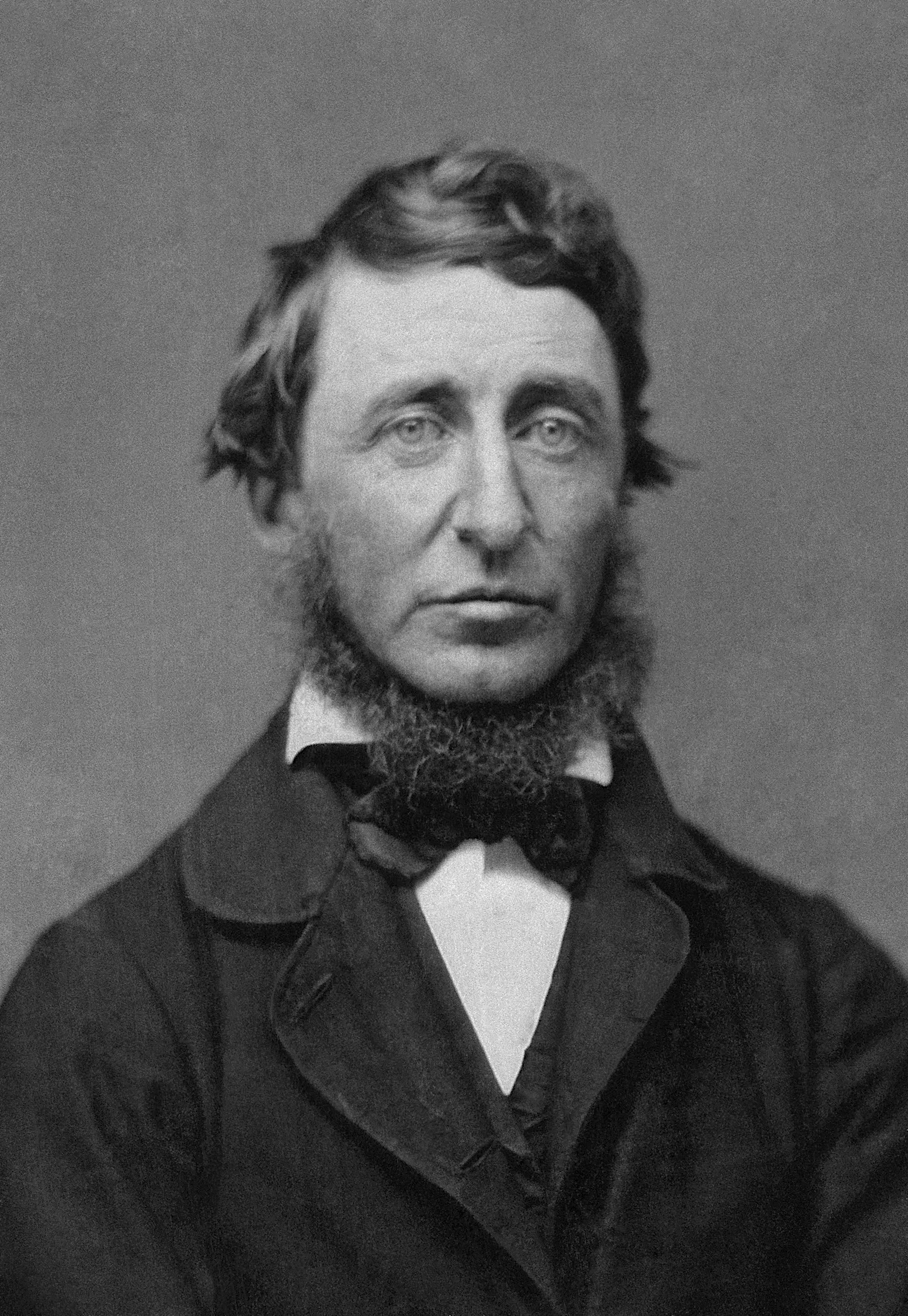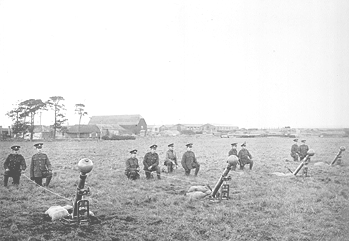|
Operation Gandhi
Operation Gandhi was a pacifist group in Britain that carried out the country’s first nonviolent direct action protests in 1952. In 1949 the pacifist Peace Pledge Union (PPU) responded to its relative inertia and to calls for more action by holding a conference on 5 November, which led to the establishment of seven “Commissions” to explore the best ways of moving forward. One of these was the Nonviolence Commission. Members of the commission took it upon themselves to explore the question of civil disobedience. Subsequently, at the beginning of 1952, many members of the commission dissatisfied with a lack of action formed a ginger group, not formally affiliated to the PPU, initially known as Operation Gandhi, and then as the Nonviolent Resistance Group. The PPU had been interested in the teachings of Gandhi and the possibility of translating them into actions in the United Kingdom. Between 1936, when ''Peace News'' was founded, and 1957, it had almost 350 articles on related ... [...More Info...] [...Related Items...] OR: [Wikipedia] [Google] [Baidu] |
Peace Pledge Union
The Peace Pledge Union (PPU) is a non-governmental organisation that promotes pacifism, based in the United Kingdom. Its members are signatories to the following pledge: "War is a crime against humanity. I renounce war, and am therefore determined not to support any kind of war. I am also determined to work for the removal of all causes of war", and campaign to promote peaceful and nonviolent solutions to conflict. The PPU forms the British section of War Resisters' International. History Formation The PPU emerged from an initiative by Hugh Richard Lawrie 'Dick' Sheppard, canon of St Paul's Cathedral, in 1934, after he had published a letter in the '' Manchester Guardian'' and other newspapers, inviting men (but not women) to send him postcards pledging never to support war. Andrew Rigby, "The Peace Pledge Union: From Peace to War, 1936–1945" in Peter Brock, Thomas Paul Socknat ''Challenge to Mars:Pacifism from 1918 to 1945''. University of Toronto Press, 1999. (pp. 1 ... [...More Info...] [...Related Items...] OR: [Wikipedia] [Google] [Baidu] |
Civil Disobedience
Civil disobedience is the active, professed refusal of a citizen to obey certain laws, demands, orders or commands of a government (or any other authority). By some definitions, civil disobedience has to be nonviolent to be called "civil". Hence, civil disobedience is sometimes equated with peaceful protests or nonviolent resistance. Henry David Thoreau's essay ''Resistance to Civil Government'', published posthumously as '' Civil Disobedience'', popularized the term in the US, although the concept itself has been practiced longer before. It has inspired leaders such as Susan B. Anthony of the U.S. women's suffrage movement in the late 1800s, Saad Zaghloul in the 1910s culminating in Egyptian Revolution of 1919 against British Occupation, and Mahatma Gandhi in 1920s India in their protests for Indian independence against the British Empire. Martin Luther King Jr.'s and James Bevel's peaceful protests during the civil rights movement in the 1960s United States cont ... [...More Info...] [...Related Items...] OR: [Wikipedia] [Google] [Baidu] |
Mohandas Karamchand Gandhi
Mohandas Karamchand Gandhi (; ; 2 October 1869 – 30 January 1948), popularly known as Mahatma Gandhi, was an Indian lawyer, anti-colonial nationalist Quote: "... marks Gandhi as a hybrid cosmopolitan figure who transformed ... anti-colonial nationalist politics in the twentieth-century in ways that neither indigenous nor westernized Indian nationalists could." and political ethicist Quote: "Gandhi staked his reputation as an original political thinker on this specific issue. Hitherto, violence had been used in the name of political rights, such as in street riots, regicide, or armed revolutions. Gandhi believes there is a better way of securing political rights, that of nonviolence, and that this new way marks an advance in political ethics." who employed nonviolent resistance to lead the successful campaign for India's independence from British rule, and to later inspire movements for civil rights and freedom across the world. The honorific ''Mahātmā'' (Sanskri ... [...More Info...] [...Related Items...] OR: [Wikipedia] [Google] [Baidu] |
Peace News
''Peace News'' (''PN'') is a pacifist magazine first published on 6 June 1936 to serve the peace movement in the United Kingdom. From later in 1936 to April 1961 it was the official paper of the Peace Pledge Union (PPU), and from 1990 to 2004 was co-published with War Resisters' International. History Founding and early days ''Peace News'' was begun by Humphrey Moore who was a Quaker and in 1933 had become editor of the National Peace Council's publications. Working with a peace group in Wood Green, London, Moore and his wife, Kathleen (playing the role of business manager), launched ''Peace News'' with a free trial issue in June 1936. With distribution through Moore’s contacts with the National Peace Council, the new magazine rapidly attracted attention. Within six weeks, Dick Sheppard, founder of the Peace Pledge Union, proposed to Moore that ''Peace News'' should become the PPU’s paper.Harry Mister"Humphrey Moore 1909-1995", ''Peace News'' No. 2395.Harry Mister and Step ... [...More Info...] [...Related Items...] OR: [Wikipedia] [Google] [Baidu] |
Hugh Brock
Hugh Brock (1914–1985) was a lifelong British pacifist, editor of '' Peace News'' between 1955 and 1964, a promoter of nonviolent direct action and a founder of the Direct Action Committee, a forerunner of the Committee of 100. ''Peace News'' Hugh Brock was born on 15 May 1914 and trained as a printer at the London School of Printing. He was a conscientious objector in World War II. In May 1940, in the face of new defence regulations and demands in parliament for the banning of ''Peace News'', its printer refused to continue printing it and, at the same time, the Wholesale Newsagent Association, which handled two-thirds of the circulation, refused to distribute it any longer. Working with the editor, Humphrey Moore, Brock and his brother, Ashley, (A H Brock) took on responsibility for its printing, ignoring any potential threat under the regulations and, with peace groups across Britain, created an efficient voluntary distribution chain. Brock served a six-month prison sentence ... [...More Info...] [...Related Items...] OR: [Wikipedia] [Google] [Baidu] |
War Office
The War Office was a department of the British Government responsible for the administration of the British Army between 1857 and 1964, when its functions were transferred to the new Ministry of Defence (MoD). This article contains text from this source, which is available under th Open Government Licence v3.0 © Crown copyright It was equivalent to the Admiralty, responsible for the Royal Navy (RN), and (much later) the Air Ministry, which oversaw the Royal Air Force (RAF). The name 'War Office' is also given to the former home of the department, located at the junction of Horse Guards Avenue Horse Guards Avenue is a road in the City of Westminster, London, linking the major thoroughfares of Whitehall and Victoria Embankment, to the east of the Horse Guards building and parade area. The entrance of the Main Building of the Minist ... and Whitehall in central London. The landmark building was sold on 1 March 2016 by HM Government for more than British pound, £3 ... [...More Info...] [...Related Items...] OR: [Wikipedia] [Google] [Baidu] |
RAF Mildenhall
Royal Air Force Mildenhall or RAF Mildenhall is a Royal Air Force (RAF) station located near Mildenhall in Suffolk, England. Despite its status as a Royal Air Force station, it primarily supports United States Air Force (USAF) operations, and is currently the home of the 100th Air Refueling Wing (100 ARW). During the Second World War, RAF Bomber Command used the station for operational combat missions until 1945. Placed on standby status after the war, it was reopened by the Royal Air Force and became a USAF-RAF joint operation base on 11 July 1950. It was assigned to Strategic Air Command (SAC) it became a B-50 Superfortress base in 1951, and a KC-97 Stratofreighter base from 1953 until 1958. The Military Air Transport Service transferred its main United Kingdom terminal to Mildenhall in 1958. In the late 1970s and throughout the 1980s U-2 and SR-71 Blackbird operations took place from the base. On 8 January 2015, the United States Department of Defense announced tha ... [...More Info...] [...Related Items...] OR: [Wikipedia] [Google] [Baidu] |
Porton Down
Porton Down is a science park in Wiltshire, England, just northeast of the village of Porton, near Salisbury. It is home to two British government facilities: a site of the Ministry of Defence's Defence Science and Technology Laboratory (Dstl) – known for over 100 years as one of the UK's most secretive and controversial military research facilities, occupying – and a site of the UK Health Security Agency. It is also home to other private and commercial science organisations, and is expanding to attract other companies. Location Porton Down is located just northeast of the village of Porton near Salisbury, in Wiltshire, England. To the northwest lies the MoD Boscombe Down airfield operated by QinetiQ. On some maps, the land surrounding the complex is identified as a "Danger Area". History of government use Porton Down opened in 1916 as the War Department Experimental Station, shortly thereafter renamed the Royal Engineers Experimental Station, for testing chemical ... [...More Info...] [...Related Items...] OR: [Wikipedia] [Google] [Baidu] |
Atomic Energy Research Establishment
The Atomic Energy Research Establishment (AERE) was the main centre for atomic energy research and development in the United Kingdom from 1946 to the 1990s. It was created, owned and funded by the British Government. A number of early research reactors were built here starting with GLEEP in 1947 to provide the underlying science and technology behind the design and building of Britain's nuclear reactors such as the Windscale Piles and Calder Hall nuclear power station. To support this an extensive array of research and design laboratories were built to enable research into all aspects of nuclear reactor and fuel design, and the development of pilot plants for fuel reprocessing. The site became a major employer in the Oxford area. In the 1990s demand for government-led research had significantly decreased and the site was subsequently gradually diversified to allow private investment, and was known from 2006 as the Harwell Science and Innovation Campus. Founding In 19 ... [...More Info...] [...Related Items...] OR: [Wikipedia] [Google] [Baidu] |
Aldermaston Marches
The Aldermaston marches were anti-nuclear weapons demonstrations in the 1950s and 1960s, taking place on Easter weekend between the Atomic Weapons Research Establishment at Aldermaston in Berkshire, England, and London, over a distance of fifty-two miles, or roughly 83 km. At their height in the early 1960s they attracted tens of thousands of people and were the highlight of the Campaign for Nuclear Disarmament (CND) calendar. Similar demonstrations also took place around the world. The first major Aldermaston march at Easter (4–7 April), 1958, was organised by the Direct Action Committee Against Nuclear War (DAC) and supported by the recently formed CND. Several thousand people marched for four days from Trafalgar Square, London, to the Atomic Weapons Establishment to demonstrate their opposition to nuclear weapons. Hugh Brock, one of the organisers, records that he was one of thirty-five people to have marched to Aldermaston six years before in 1952 as part of Operati ... [...More Info...] [...Related Items...] OR: [Wikipedia] [Google] [Baidu] |
Direct Action Committee
The Direct Action Committee Against Nuclear War or the Direct Action Committee (DAC) was a pacifist organisation formed "to assist the conducting of non-violent direct action to obtain the total renunciation of nuclear war and its weapons by Britain and all other countries as a first step in disarmament". It existed from 1957 to 1961. Origins The DAC was formed in response to the British H-Bomb tests carried out between 1956 and 1958. In 1957, at the time of one of the tests on Christmas Island, Harold Steele planned to sail into the test area in protest. He was unable to do so but his supporters formed a committee and marched in support to the Atomic Weapons Establishment at Aldermaston. The original committee comprised: * J. Allen Skinner *Hugh Brock and * Arlo Tatum. They were soon joined by: *Michael Randle (who became Chair) * April Carter (Secretary) *Pat Arrowsmith (Field Secretary) *Michael Scott and *Will Warren. By the end of 1958 the Committee's members als ... [...More Info...] [...Related Items...] OR: [Wikipedia] [Google] [Baidu] |
Committee Of 100 (United Kingdom)
The Committee of 100 was a British anti-war group. It was set up in 1960 with a hundred public signatories by Bertrand Russell, Ralph Schoenman, Michael Scott, and others. Its supporters used mass nonviolent resistance and civil disobedience to achieve their aims. History The idea of a mass civil disobedience campaign against nuclear weapons emerged early in 1960 in discussions between Ralph Schoenman (an activist in the Campaign for Nuclear Disarmament (CND)), and Hugh Brock, April Carter (both of the Direct Action Committee against nuclear war), Ralph Miliband, Alan Lovell and Stuart Hall. Schoenman approached Bertrand Russell, the president of CND, with the idea. Russell resigned from the presidency of CND in order to form the Committee of 100, which was launched at a meeting in London on 22 October 1960 with a hundred signatures. Russell was elected as president and Michael Randle of the Direct Action Committee was appointed secretary. Russell explained his reasons ... [...More Info...] [...Related Items...] OR: [Wikipedia] [Google] [Baidu] |





.jpg)